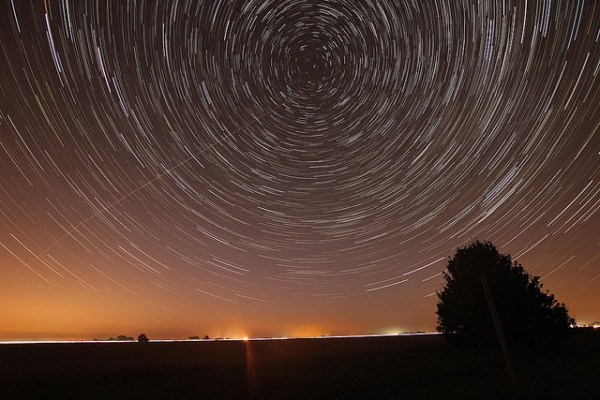

Many of our outdoor activities take us far from civilization, far from the hustle and bustle – and far from the light of the city. When you find yourself there, look upward into the night sky.
The ambient light of civilization’s street lamps, cars and homes dilutes the starlight in our day-to-day lives, but many of the best adventure travel destinations are unaffected because of their distance from humanity.
Where is the Best Stargazing?
Stargazing can be a mesmerizing complement to a long day of hiking. Whether you’re in love, with family, or alone in solitude, the clear sky on a temperate night is romance.
Light from years ago travels incomprehensible distances to greet our tiny planet and even tinier selves, sprawled on a blankets or on the hood of a warm car. The truth is revealed: we’re infinitesimally small.

The Milky Way can be best seen from most locations in the back country or far out on the plains – the more remote you are, the better the view.
Humidity affects what’s visible as well, as does the altitude of your viewing spot. If you want the best stargazing experience of any particular celestial event, stay high and dry.

Very Large Array (VLA) in New Mexico
The Very Large Array (VLA), located in southern New Mexico, does just that. At 7,000 feet, the high desert offers a vantage point that researchers recognized as ideal for astronomical research.
Dozens of massive satellite dishes are arranged on interconnected railroad tracks to mimic one gigantic radio telescope. The 82-foot high units can be arranged into various shapes to best receive various wavelengths of radiation.
The VLA has been used to monitor the patterns of the cosmos and its phenomena. Much of what we know about black holes, quasars, gamma ray bursts and supernovas can be credited to the research of the facility.

The scale of the devices can be otherworldly, and the solitude that is often found there has a quality of crystallization in time. The Sonoran desert draws a flat plain into low, dry hills far in the distance.
The night air, sweet with sage and chamisa bush, can be silently still. Or else the wind blows with a maddening constancy that is a type of harsh stillness in itself.
When to Go Stargazing in New Mexico
On a warm night, the VLA may be the best spot in the country for super-remote, high-altitude, low-humidity astronomical wonder, but anywhere will do.
If you’re already there – be it the Andes, the Alps or the Adirondacks – take advantage of the nighttime show happening every year in August. It’s free.
The Perseids Meteor shower takes place around August 12th, and depending on the moon, can be the most dramatic display of shooting stars you’re likely to see.
The Earth moves through an asteroid field during that particular point in its revolution around the sun, and the flares incoming meteors can occur 100 times per hour.

Bosque del Apache National Wildlife Refuge
Combine your trip with a visit to the Bosque del Apache National Wildlife Refuge. Thousands of birds flock the area as the weather turns cool, creating the ultimate location for photography of snow geese, sand hill cranes, hawks, eagles and dozens of types of ducks.
If You Go:
- The Low-Key Magic of Ghent, Belgium - April 22, 2024
- Discover the Hidden Charm of Extremadura in Spain - April 20, 2024
- Life of a Champion: Exploring the Muhammad Ali Center in Louisville - April 19, 2024
